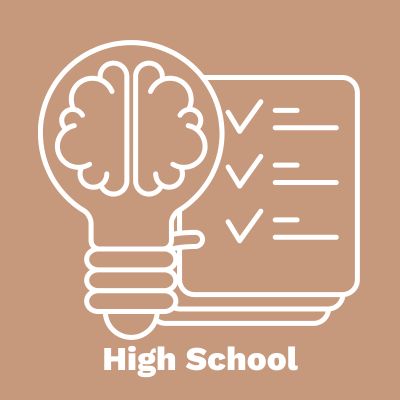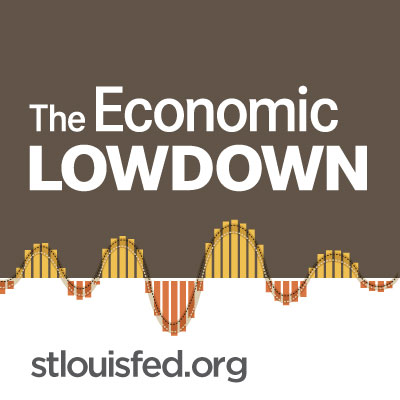Benjamin Franklin and the Birth of a Paper Money Economy
Learn about the history of paper money in the United States.
{{searchResultSnippet}}
 Back to All
Back to All

Michael Lambert, associate director for the U.S. Currency Program at the Federal Reserve Board, discusses how U.S. currency gets into circulation. Learn how notes are issued to the public through Federal Reserve Banks in this short video.
So, how does cash get into circulation? Well we all know what we do. We go to an ATM or we go to the bank branch to get our cash, but how does it actually get there? We at the Federal Reserve Board are the issuing authority for U.S. currency and what that means is that we ask the Bureau of Engraving and Printing each year to print the notes that we order. And, as that they print them, and they go through their quality inspection system and they make it into the Federal Reserve's vault at the Bureau of Engraving and Printing, then we are prepared to issue these notes to the public, ultimately through the Federal Reserve Banks. So, they go from the BEP's vault into the Federal Reserve's vault. From the Federal Reserve Board's vault, we move the currency to our 12 Federal Reserve Banks across the country. And as banks order cash, our reserve banks are able to meet that demand and that's the point at which that currency makes its way into circulation. The currency that's printed at the Bureau of Engraving and Printing... that's literally just pieces of paper until the Federal Reserve Board issues it to a Federal Reserve Bank, then it becomes lawful money.

Benjamin Franklin and the Birth of a Paper Money Economy
Learn about the history of paper money in the United States.

Know the $20 Table Tent
Learn how to test if a banknote is real.

Econ Lowdown Podcast Series
21 Economics audio assignments for your classroom

Dollars in Detail Brochure
Learn about the U.S. currency.

Quick Reference Card
Learn how to identify banknote counterfeits.

Decoding Dollars: the $20 Brochure and Poster
Learn about security features of a $20 bill.
{{resourceTitle}}
{{resourceBlurb}}